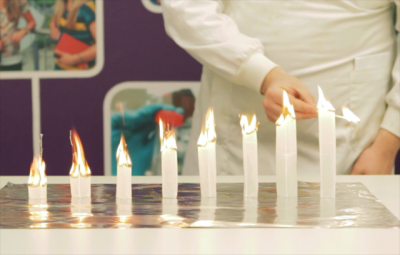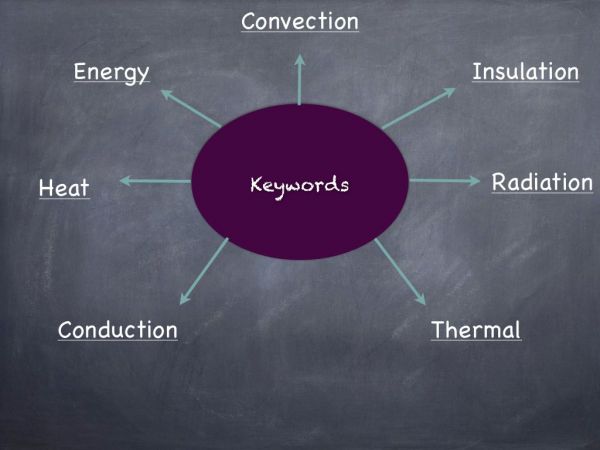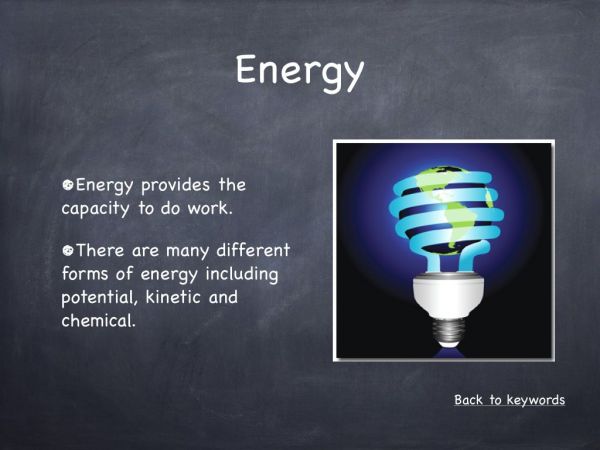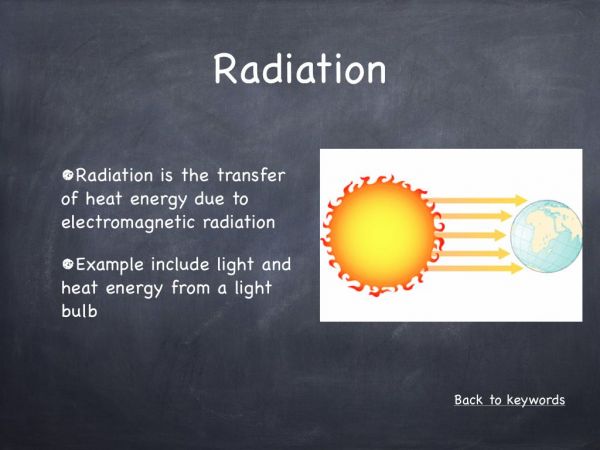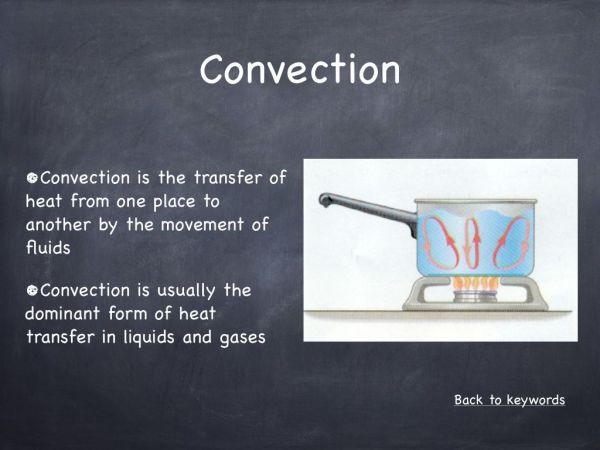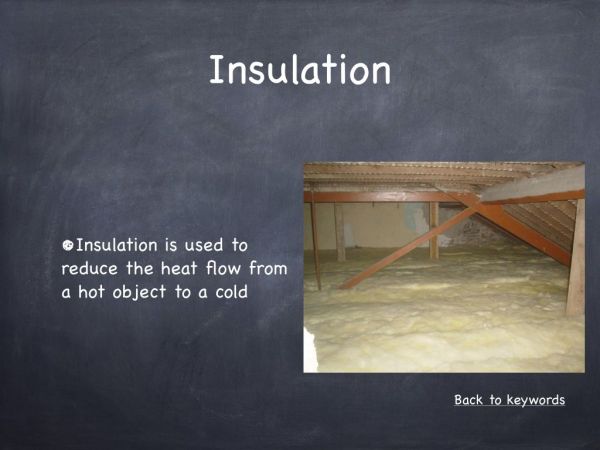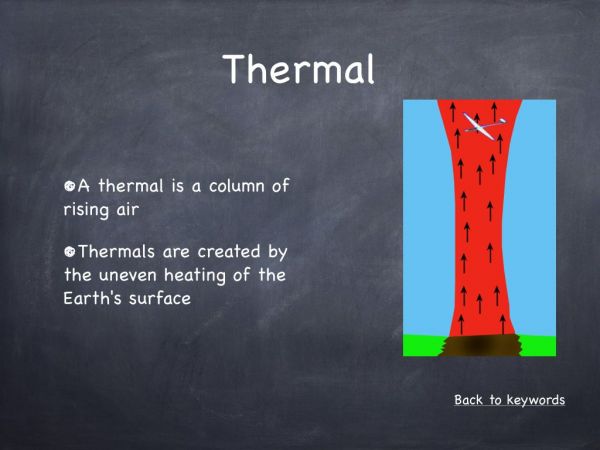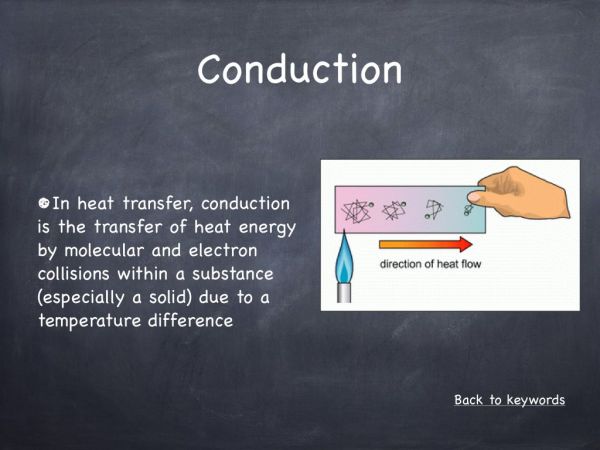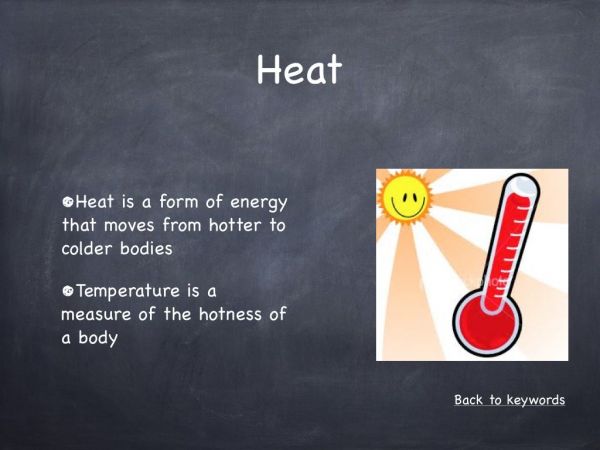Heat is transferred in three methods, conduction, convection and radiation. This clip highlights an example of convection. As the tea bag burns, hot air is being created, as well as a thermal or convection current under the bag. Cold air is drawn in below.
Methodology
Materials
- Bewley’s Irish breakfast tea bags
- Matches
Method
Open up tea bag by removing metal clip and emptying tea out of bag. Unfold the bag and allow it to stand up on its own. Light the tea bag carefully. When the flame has burned most of the teabag, enough hot air is produced to cause the remaining bag to fly into the air.
Tips
The key to a successful demonstration is the sourcing of the most effective teabags. The teabags must be light enough to fly up when burned sufficiently and stable enough to stand upright. The bags used in this demonstration were Bewley’s Irish breakfast tea bags.
*Precautions/Safety*
Theory behind the hook
Fire is very similar to magnets in that people are very attracted to it and intrigued by it. The first thing that happens in the video is that something burns; this will immediately get the pupils’ attention. The hook itself is based on suspense due to the amount of time it takes for the teabag to burn. The pupils do not know what will happen. The video has very little explanation so that the pupils will use their prior knowledge to try figure out the video.
How this hook works
As the demonstration requires common household materials, this demonstration could be conducted by the teacher at the start of the carbon dioxide topic or can be conducted by the student through the course of the chapter. Creating a link to real-life applications and prior knowledge, coupled with a visual representation of the concept should encourage deeper understanding of carbon dioxide and other gases.
Questions & Answers
Lower Order
- What common everyday object uses hot air to fly?
Hot air balloon - Name the three methods of heat transfer.
Conduction, convection and radiation. - What is the method of heat transfer used in this experiment?
Convection – The heat moves through the vibration of particles in the air surrounding the teabag.
Higher Order
- What part of a house is usually the warmest? And why?
The attic/upstairs because hot air rises. - How does a glider work?
The glider use thermals/convection currents created when the ground heat the air above it and rises
Cross Curricular Links
This hook can be linked to materials technology wood when discussing Insulation in attics to help keep heat inside the house. Music can be linked through the scales in the video.

